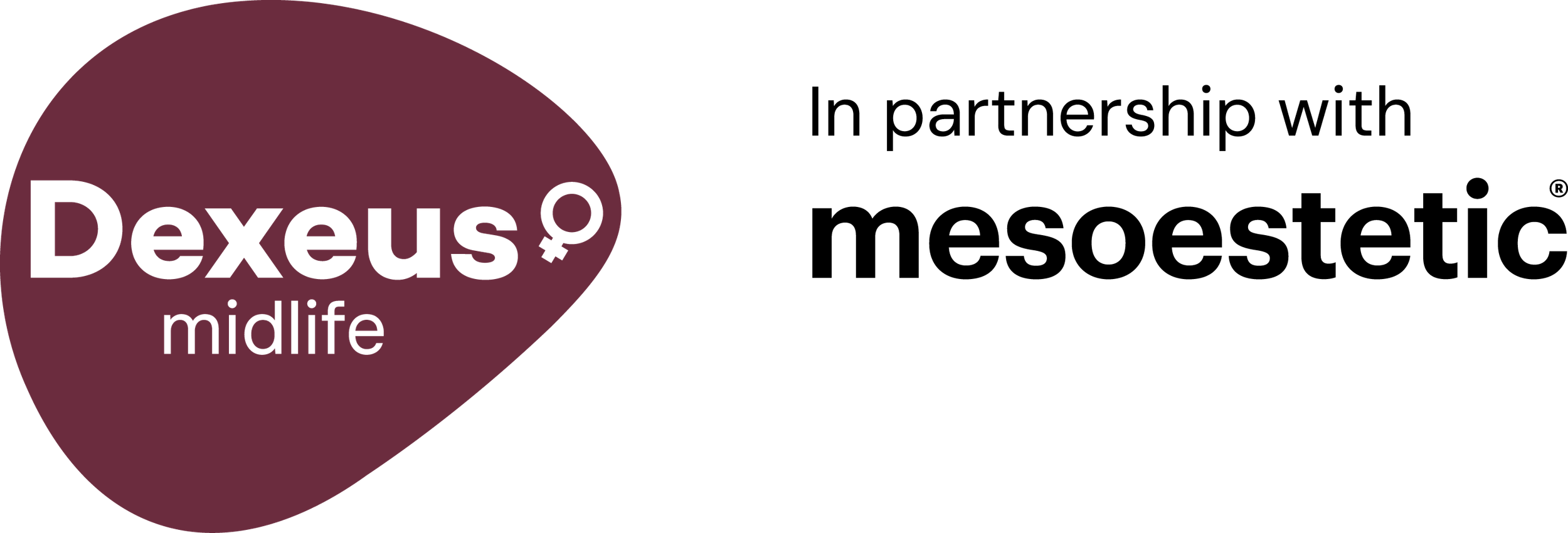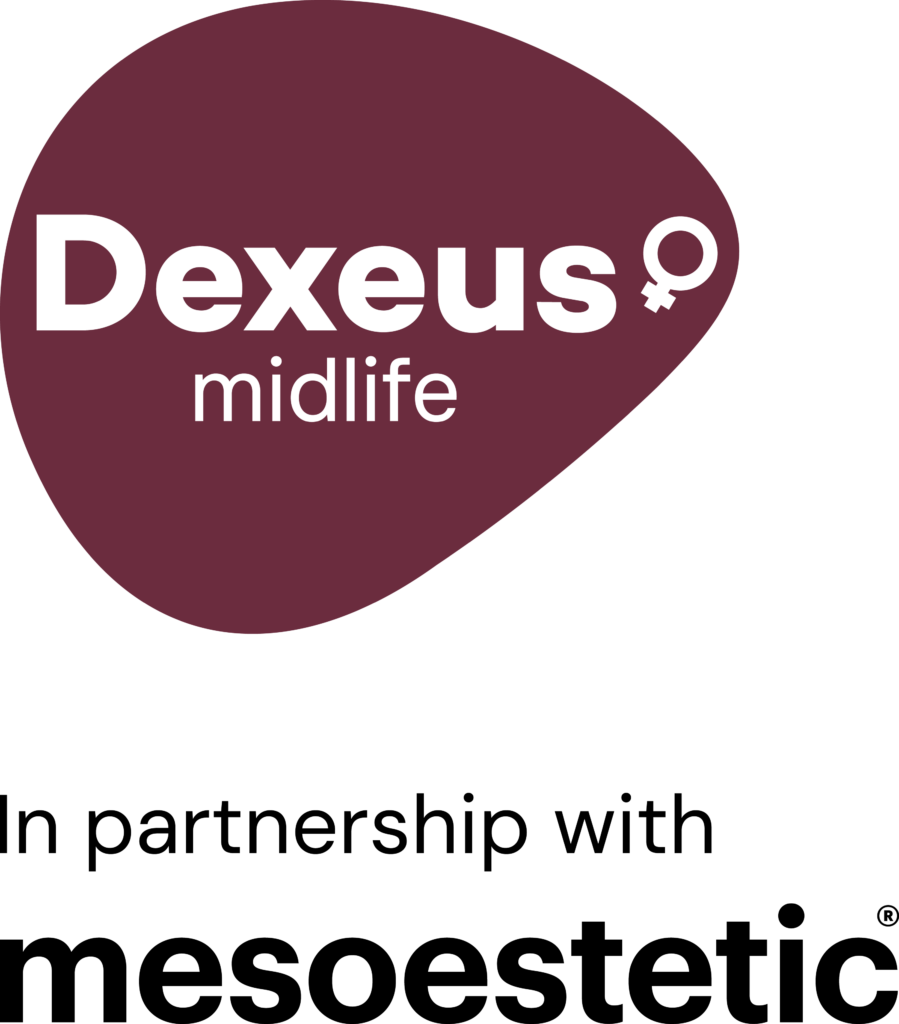At our clinic we provide you with a wide range of professional beauty treatments, such as professional facial cleansing. This procedure consists of removing comedones, impurities and dead cells from the skin’s surface layer.
Facial cleansing treatments performed at the clinic by professional beauticians are very deep and, therefore, it is necessary to leave some time between sessions. In the case of normal and dry skin, a session is carried out every 2 months. However, for combination and oily skin, it is recommended to have 1 monthly session.
This procedure must be performed by a professional beautician and is usually carried out following the steps below:
- Skin cleansing
It consists of removing makeup and cleansing the skin by applying a cleansing lotion to help remove oil and some skin impurities. - Opening pores
The opening of pores is usually carried out by applying ozone steam or water vapour, since steam helps soften the skin, facilitating the removal of comedones and impurities. - Exfoliation
Exfoliation is used to remove dead cells and the skin’s outermost layer, facilitating the removal of comedones and impurities in the next step. Chemical peels containing salicylic acid, lactic acid and mandelic acid, among others, are usually applied. - Removal of comedones
The removal of blackheads is carried out manually, with a gauze or moistened cotton pad with antiseptic lotion, pushing the index fingers in the opposite direction. - Soothing mask
A soothing mask is applied for around 10 minutes to help reduce redness and soothe skin. During this procedure, manual lymphatic drainage can be performed throughout the face to help reduce redness and swelling. - Moisturisation
Moisturisation is performed by applying a layer of moisturising cream or serum according to the skin type. - Sunscreen application
After the professional facial cleansing treatment, the skin becomes more sensitive, and therefore sunscreen is essential to protect the skin from sun damage and prevent dark skin spots from appearing, due to exposure of the person to the sun or ultraviolet light. It is recommended to apply sunscreen with an SPF of 50 or more.
What it is
- Personalised diagnosis
The treatment programme is chosen with an individualised diagnosis for each patient.
- Sessions
Between 1 and 5 sessions are carried out, each lasting 45 minutes.
- Duration
The duration of treatment varies depending on the patient’s progress.
- Recovery
It is a non-invasive treatment and skin reactions disappear in a few days.
Who is the treatment intended for?
- Professional facial cleansing is suitable for all skin types.
- This procedure is also suitable for young adolescents with oily and/or acne-prone skin.
- In addition to the feeling of having clean skin, the benefits are:
- Improved skin texture and hydration.
- Removal of impurities and dead cells.
- Reduction of comedones, known as “blackheads”.
- Regulation of the skin's pH.
- Enhanced luminosity of the face.
- Regulated sebum and controlled acne.
Considerations to be taken into account
- Professional facial cleansing is a procedure that offers many benefits. However, during treatment sessions, the following skin reactions can occur, which usually disappear in a few days:
- Mild pain.
- Redness.
- Burning.
- Stinging.
- Itching.
FAQs
How is professional facial cleansing different from regular facial cleansing?
Although both kinds of facial cleansing seek to improve skin health, deep facial cleansing goes one step further, penetrating deeper layers of the epidermis. More intensive products and techniques are used to remove embedded impurities and promote cell regeneration.
How do I know if I need deep facial cleansing?
If you have clogged pores, persistent blackheads, or skin that looks dull and is prone to imperfections, deep facial cleansing can be beneficial. It is also useful for those who want to prevent premature ageing and keep their skin healthy.
Does deep facial cleansing hurt?
In general, deep facial cleansing should not be painful. There may be slight discomfort during the removal of impurities, but it is tolerable.
Can anyone undergo professional facial cleansing?
Although professional facial cleansing is a non-invasive treatment, there are people for whom it is contraindicated. For example, in pregnancy, breastfeeding, in patients treated with allergies, a history of facial herpes simplex, a family history of keloids… It is therefore recommended to talk to the doctor before the procedure is performed.
Is professional facial cleansing suitable for all skin types?
Yes, deep facial cleansing can be adapted to different skin types. Products and techniques can be customised according to skin sensitivity, ensuring that it is beneficial for all, even those patients with sensitive skin.
Related treatments
Chemical pee
Chemical pee
Skin renews itself every 28 days. However, over time, this process slows down. To rejuvenate their face, many people opt...
Read moreTopical treatments
Topical treatments
Over time, a series of changes occur in both the skin and body; such as loss of hydration and radiance,...
Read moreRadiofrequency
Radiofrequency
Radiofrequency has been referred to for many years as a medical-cosmetic technique that redefines facial features, enhances shape and corrects...
Read more
